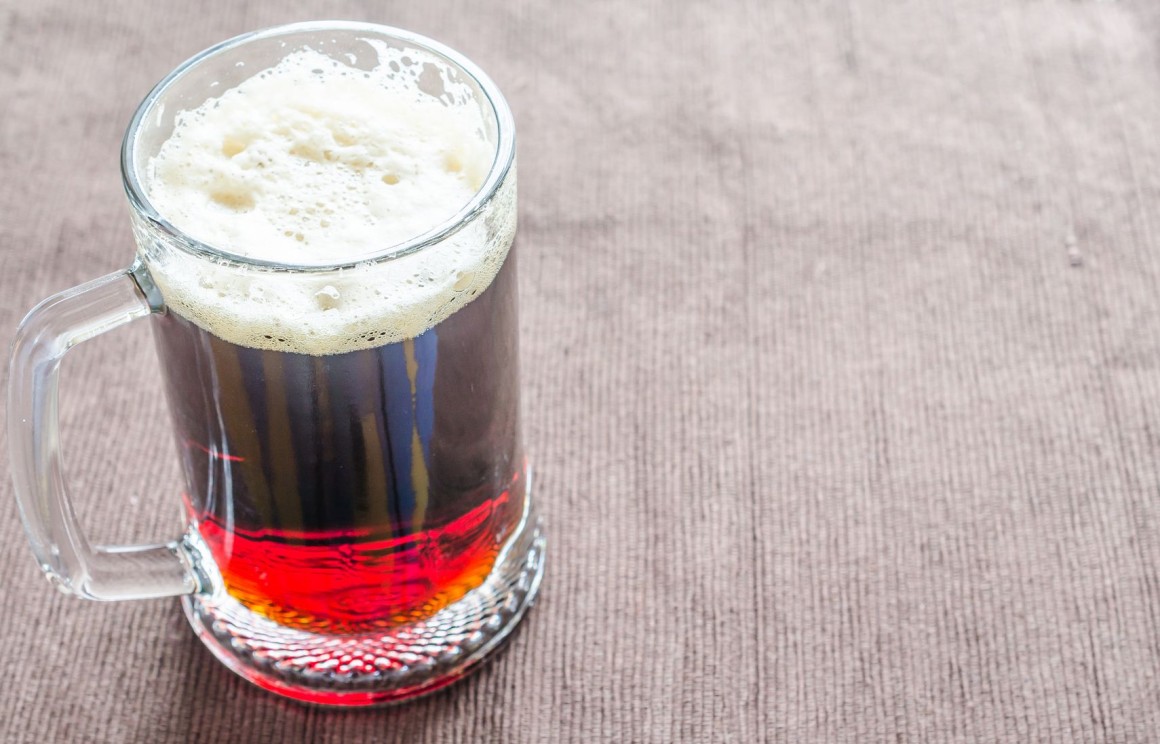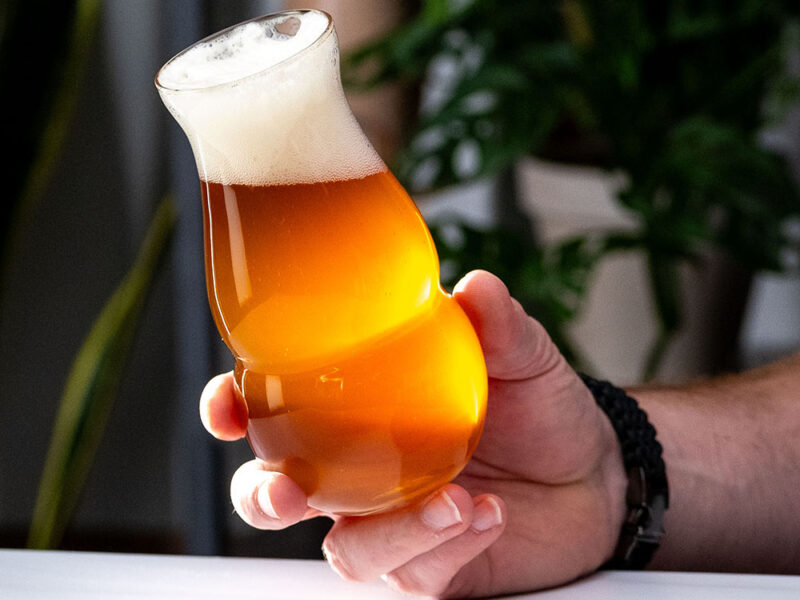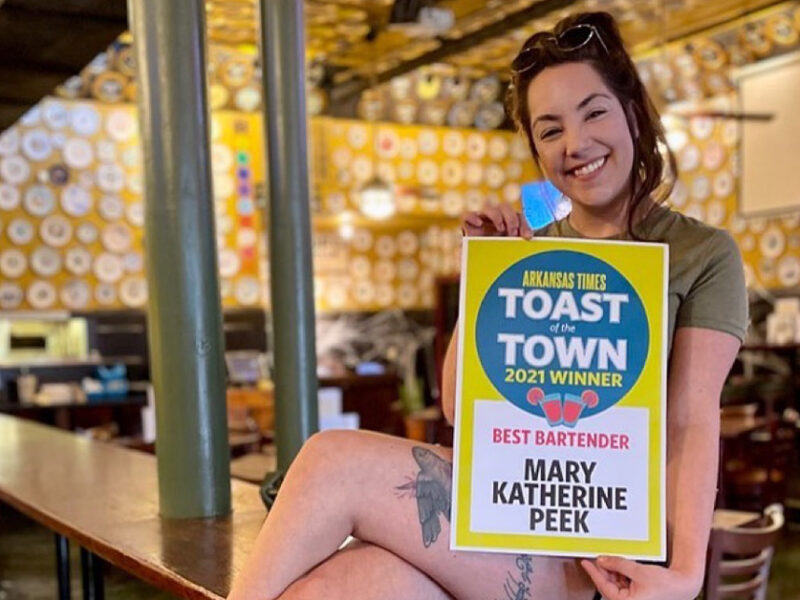Drop some Sour Patch Kids in a glass of Chardonnay, and let it hibernate in a barn for a year. Sound like something you want to drink? For a growing number of people, the answer is “Absolutely.”
Until the 19th century, all beers were more or less sour. Poor sanitation and a lack of understanding about fermentation were the culprits, and brewers turned to serendipity over science.
But with the discovery of refrigeration, pasteurization and yeast (Saccharomyces cerevisiae for ales and Saccharomyces pastorianus for lagers), “clean” fermentations became the norm, and sour beers were relegated to a handful of Belgian brewers producing lambic, gueuze and Flanders red ales.
Generally speaking, modern yeasts are predictable: Given the same ingredients, temperature and time, they’ll produce the same results from batch to batch. But more and more brewers prefer to get their hands—and beers—dirty.
The old-school souring approach is to let wild organisms into the beer organically, either by fermenting in oak barrels or adding fruit skins that naturally harbor bacteria. While this method is still utilized today, many brewers employ slightly more controlled methods. This includes deliberately adding bacteria like Lactobacillus (which you may remember from yogurt commercials); or Brettanomyces (“Brett”), a wild yeast known for its earthy aroma that’s been endearingly dubbed “funk,” “horse blanket” and “bottled BO.”
Stay with us here.
For many brewers, wild beers are all about terroir. Used to describe wines that were inspired by geographical traits of a region, the term has been applied to beer making, incorporating things such as soil, landscape and weather into the final brew.
Snörkel, a 2014 release from Jester King Brewery in Austin, is a great example. Brewed with smoked sea salt and local oyster mushrooms, it engages all five tastes—bitter, sweet, sour, umami, and salty—with Texas Hill Country–inspired flavors.
With so many variables dependent on nature, many of the people who experiment with sours have a vastly different relationship with their ingredients. At England’s Wild Beer Co., Andrew Cooper and Brett Ellis see themselves not as masters over yeast and bacteria, but as teammates. Rather than coercing yeast to behave “properly,” they feed them what they need to thrive and let them be.
The results are sensory magic: wildly complex and engaging flavors like dark-chocolate-covered sour cherry or savory sourdough. They’re impossible to control, difficult to replicate and intriguing from the first to the last sip.
But commercially speaking, they can also be a liability. Because wild beers are aged longer (up to a year or more) and require dedicated equipment, many brewers find them too cost-ineffective to produce. Wild yeast and bacteria are extremely tenacious, which means brewers risk contaminating “clean” beers if they aren’t meticulous about sanitation. And like all experiments, you don’t always get the result you were hoping for. Patience is vital.
“Time is probably the most important ingredient in our beer,” says Ron Extract of Jester King. “Our beers have a high time cost compared to a pale ale that’s ready in 10 days.”
But most people would say it’s worth the wait. Jester King has earned national renown for beers such as Atrial Rubicite and RU-55, for which people frequently make pilgrimages to the brewery.
To the uninitiated, sour beers can be intimidating, as they completely challenge preconceived notions of what beer should taste like. But Cooper and Ellis recommend giving them a chance by drinking at least three to four sips.
“The first one to two will shock your taste buds, and then the third and fourth will intrigue you,” they say.
Just don’t expect to toss back five or six while cheering on the home team.








